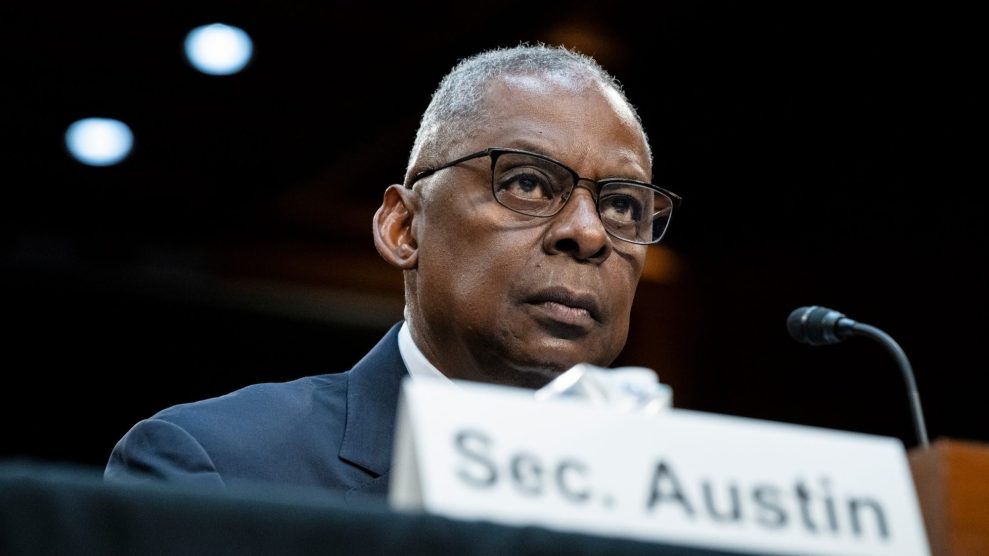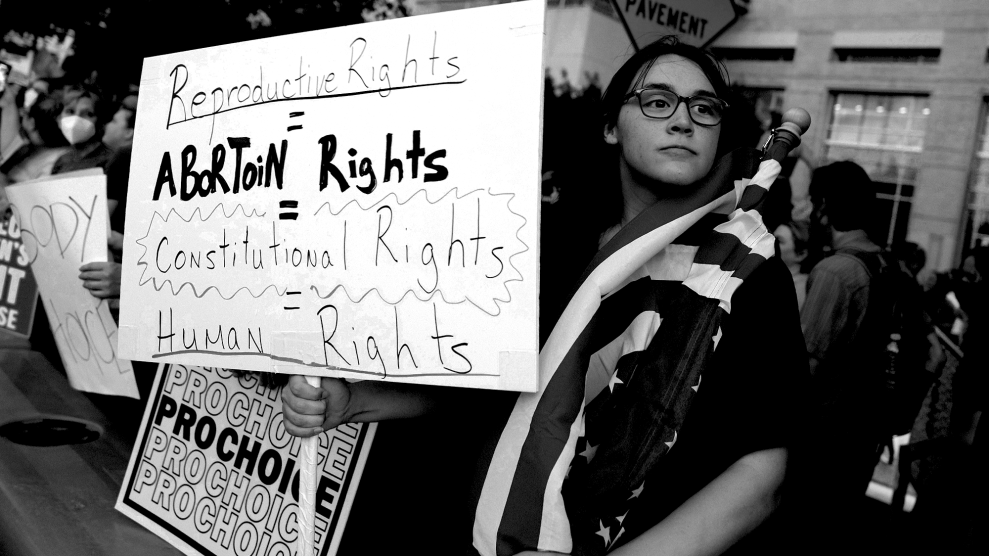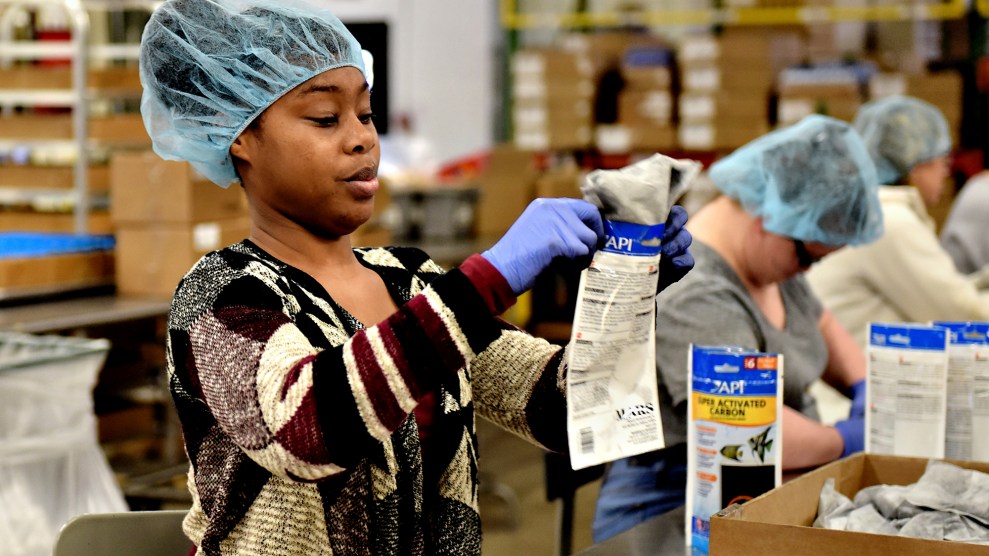A good protest is like good theater, says Jeff Goodwin, associate professor of sociology at New York University. Goodwin has spent the past two years videotaping dozens of protests in New York City (the old-fashioned kind, sans baked goods) in order to understand their “dramaturgy” — that is, the ways protesters dramatically (or, all too often, undramatically) take the public stage. He’s come up with 10 simple rules that, regardless of the cause, will make or break any protest.
Size does matter The most memorable protests — and the ones the media tends to cover — are the big ones: Think of the 1963 March on Washington and the Million Man March in 1995. The best way to put masses of people on the streets? Forge coalitions in order to broaden your base of potential protesters.
Get organized A large crowd is not, ipso facto, an effective performance. In November 1997, the Disney/Haiti Justice Campaign pulled together a sizable number of protesters outside the Disney Store in Times Square to denounce the company’s Haitian sweatshops, but organizers failed to start a picket line or lead energetic chants. Many in the crowd simply milled around with their hands in their pockets or sipping coffee.
Location, location, location Many large, well-organized protests happen outside corporate headquarters or foreign consulates. Unfortunately, those tend to be on side streets with little pedestrian traffic and no adjoining public spaces. Simply relocating the event to a busy nearby corner can increase the audience tenfold.
Distinguish yourself In December 1997, the East Timor Action Network marched up Madison Avenue to the Indonesian Consulate to protest the occupation of East Timor. Only a few carried signs; the rest were indistinguishable from other pedestrians on the crowded street. Solution? Form a picket line or sit down en masse on the busy sidewalk.
Get the crowd involved Successful protests encourage audience participation — appearing exclusive is a sure way to alienate onlookers from your cause. At a 1997 World AIDS Day vigil in New York, for example, organizers handed out chalk to passersby and asked them to write on a nearby fountain the names of loved ones who had died of AIDS.
Put it down on paper A simple, clearly written leaflet that explains who is protesting, why, and how to get involved is crucial. Sure, it may end up in the nearest trash can, but some people will read it, and a few might show up at the next event.
Manage the media Of course, the biggest prize for any protest is media coverage. Inform local newspapers and TV and radio stations (not just “progressive” media) a few days in advance.
Above all, be spectacular Eye-catching costumes, a sea of candles in a dark plaza, limp bodies being carried from a street to a police van — these telegenic images make for good press. At an August 1997 march prompted by the police beating of Haitian immigrant Abner Louima, many waved toilet plungers — the tool with which Louima was allegedly beaten and sodomized — transforming an ordinary object into an unforgettable symbol of violent racism.
Meteorology matters A wet and cold protester is usually a demoralized one. Plan for foul weather by establishing an alternative day; if timing is critical, find a nearby indoor or protected space to which protesters can retreat. To be sure, there are exceptions: A dedicated group braving the elements can convey a profound sense of commitment to a cause — assuming, of course, that someone’s watching.
Use protest to beget protest Any single march or demonstration should be one link in a larger chain. Most political movements, after all, must endure for years to attain their goals. So think about the morning after: How can the momentum generated (if any) be maintained? How soon is too soon for the next protest? What worked, what didn’t? Protests should be carefully crafted performances designed to be unforgettable and moving for audiences and participants alike. Only meaningful and memorable protests can effectively challenge people to think differently and motivate still further protest in the days and years ahead.
Additional research by Susan Rakosi Rosenbloom












